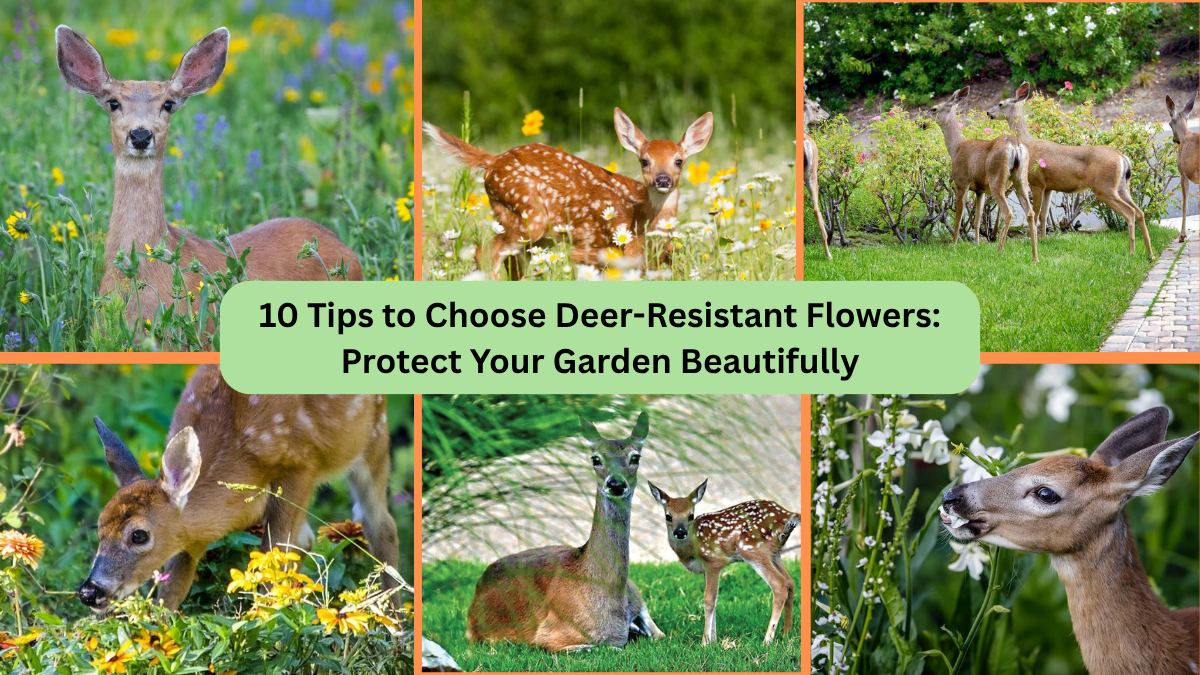One of the most frustrating challenges gardeners face is deer munching their way through beautiful flowers and plants. These graceful yet hungry visitors can quickly turn a vibrant garden into a patchy landscape. If you love gardening but want to keep your flower beds safe from deer, you’re in luck! Choosing deer-resistant flowers is a smart, natural way to protect your garden without harmful chemicals or constant monitoring.
In this article, we’ll explore 10 expert tips to choose deer-resistant flowers that combine beauty with resilience, so you can enjoy a thriving garden that deer simply won’t touch.
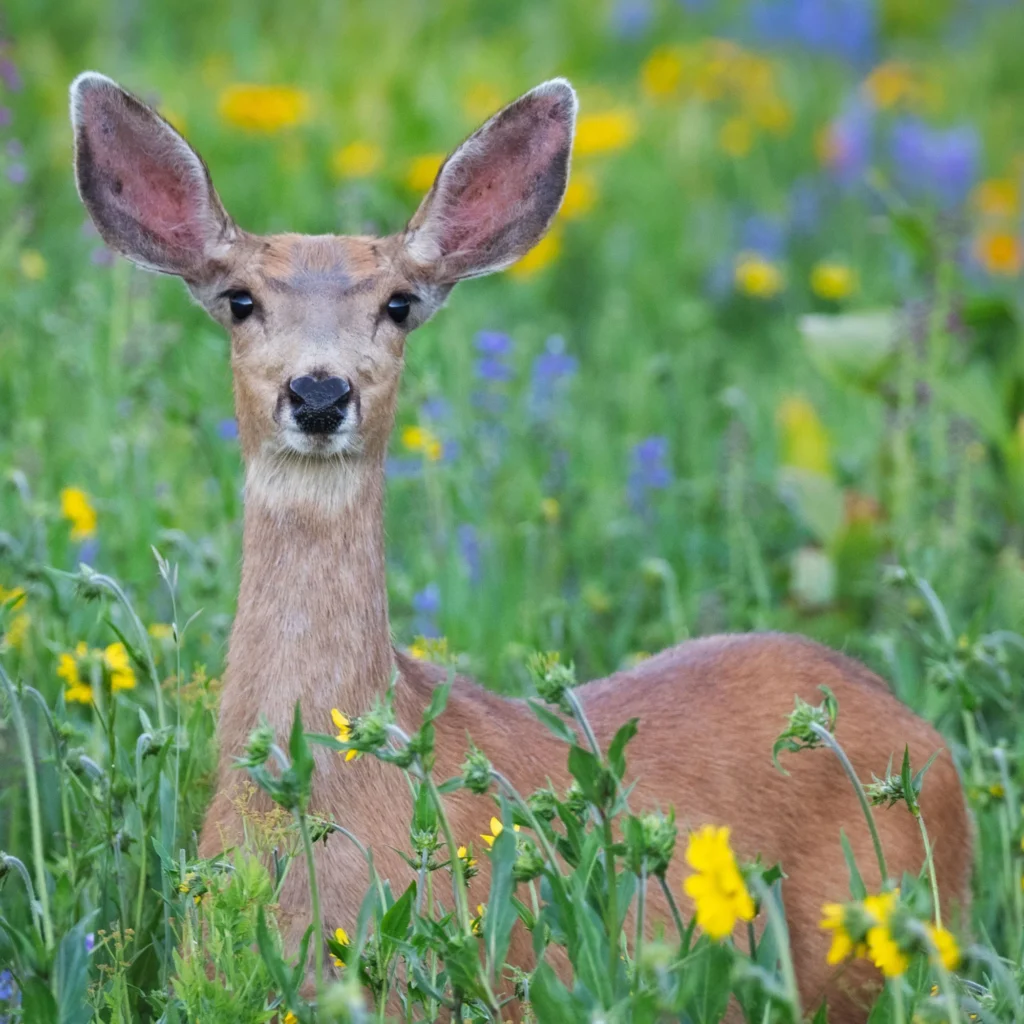
Why Choose Deer-Resistant Flowers?
Before diving into the tips, it’s essential to understand why deer resist some plants and not others.
Deer avoid plants with:
- Strong scents or bitter tastes
- Thick, fuzzy, or prickly leaves
- Toxic or irritating compounds
- Tough textures that are hard to chew
However, hungry deer can be opportunistic, especially when food is scarce. So, deer-resistant doesn’t mean deer-proof, but it greatly reduces the chance of damage.

Tip 1: Research Local Deer Preferences and Regional Conditions
Deer eating habits vary by region and season. What deer avoid in one area might be a delicacy in another.
- Check with local extension services, gardening groups, or nurseries for region-specific deer-resistant plant lists.
- Understand your local climate and soil type to pick flowers that thrive and repel deer naturally.
- Combine deer resistance with plants adapted to your environment for better growth and survival.

Tip 2: Select Flowers With Strong Aromas or Bitter Tastes
Many deer-resistant flowers deter deer through scent and taste. Aromatic herbs and pungent flowers send a clear “stay away” signal.
Examples:
- Lavender — Its fragrant oils repel deer while attracting pollinators.
- Marigolds — Strong scent and bitter taste make them unappealing.
- Sage and rosemary — Their woody texture and strong smell are disliked.
Planting fragrant flowers together can create a natural scent barrier that discourages deer from venturing too close.
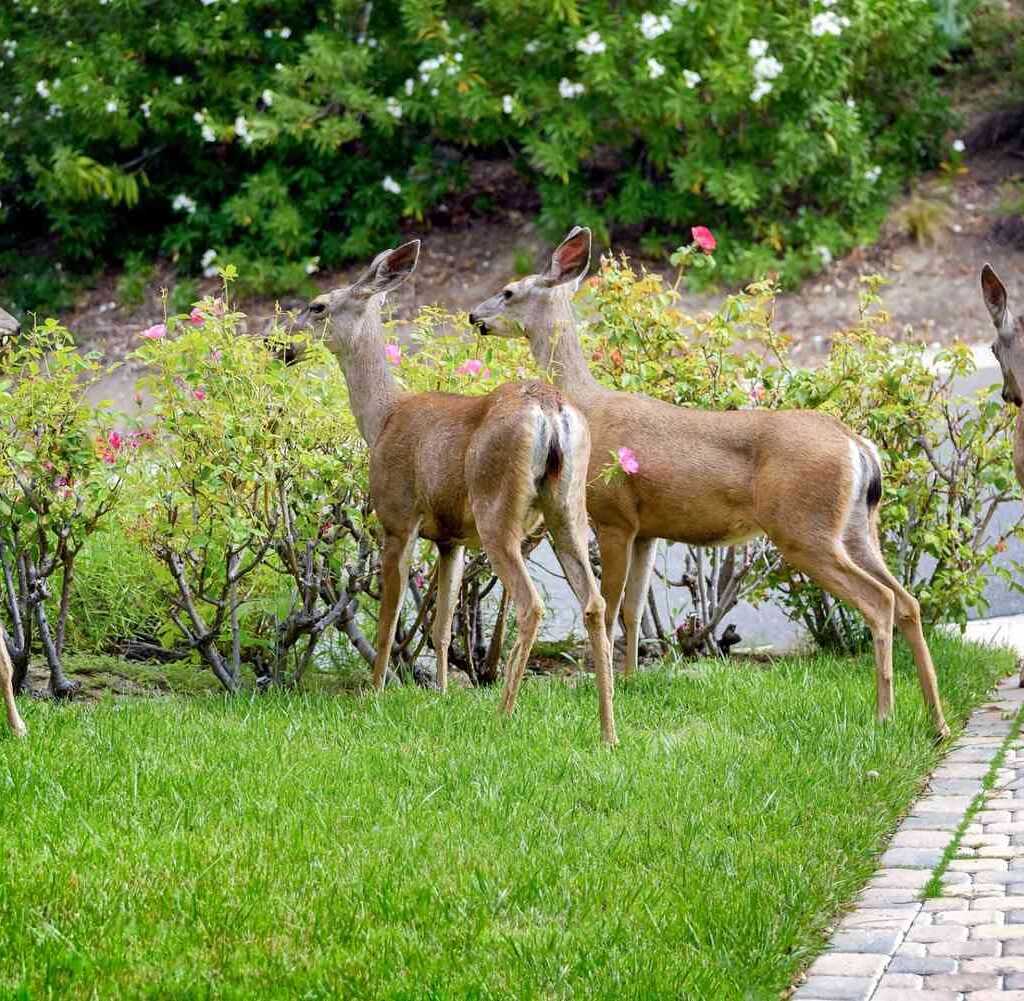
Tip 3: Choose Flowers With Tough, Fuzzy, or Prickly Foliage
Deer prefer tender, juicy leaves over tough, coarse ones. Flowers with fuzzy or prickly textures make for unappetizing snacks.
Ideal choices:
- Lamb’s Ear (Stachys byzantina) — Soft, woolly leaves that deer avoid.
- Yarrow — Feathery, tough foliage that deters feeding.
- Coneflowers — Tough stems and slightly rough leaves.
These plants add interesting textures to your garden while reducing deer damage.
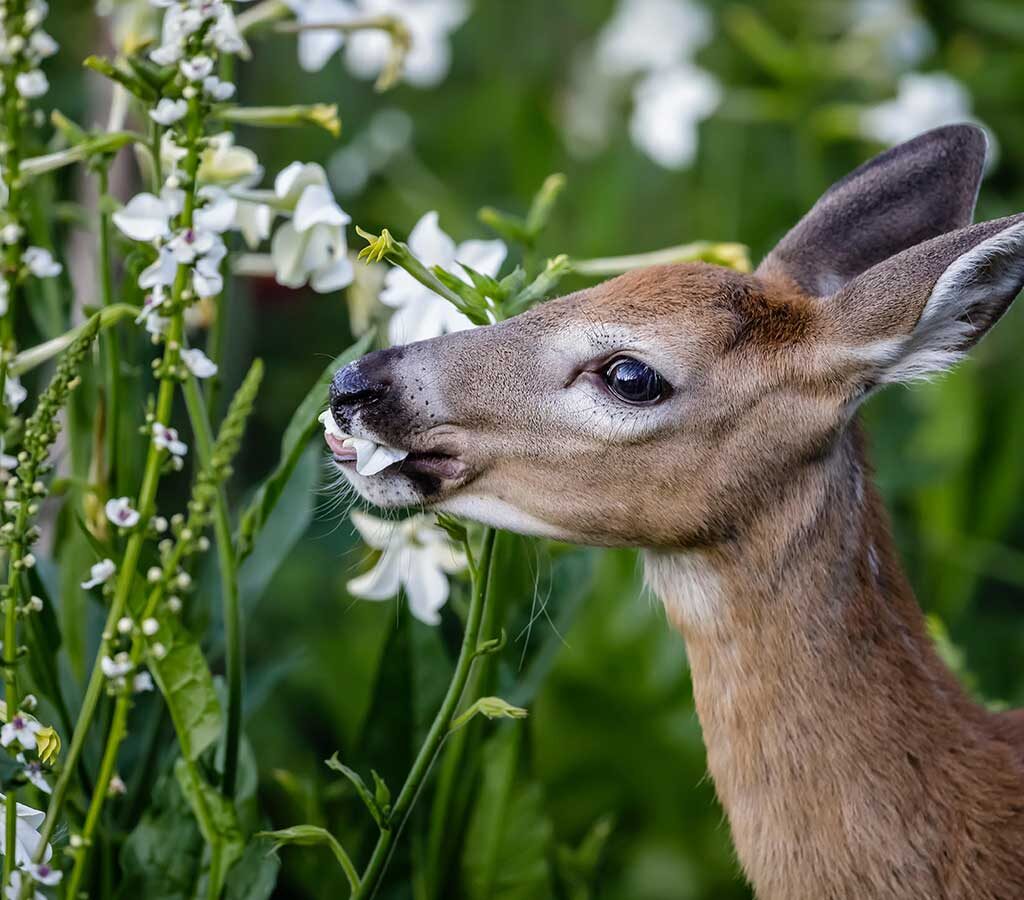
Tip 4: Opt for Toxic or Irritating Flowers That Are Safe for Humans
Some flowers contain natural toxins or irritants that repel deer but pose no harm to gardeners or pets when handled with care.
Popular options:
- Foxglove — Beautiful but toxic, deer steer clear.
- Daffodils — Contain alkaloids that discourage deer.
- Bleeding Heart — Slightly toxic and generally avoided.
Always research toxicity carefully if you have children or pets.
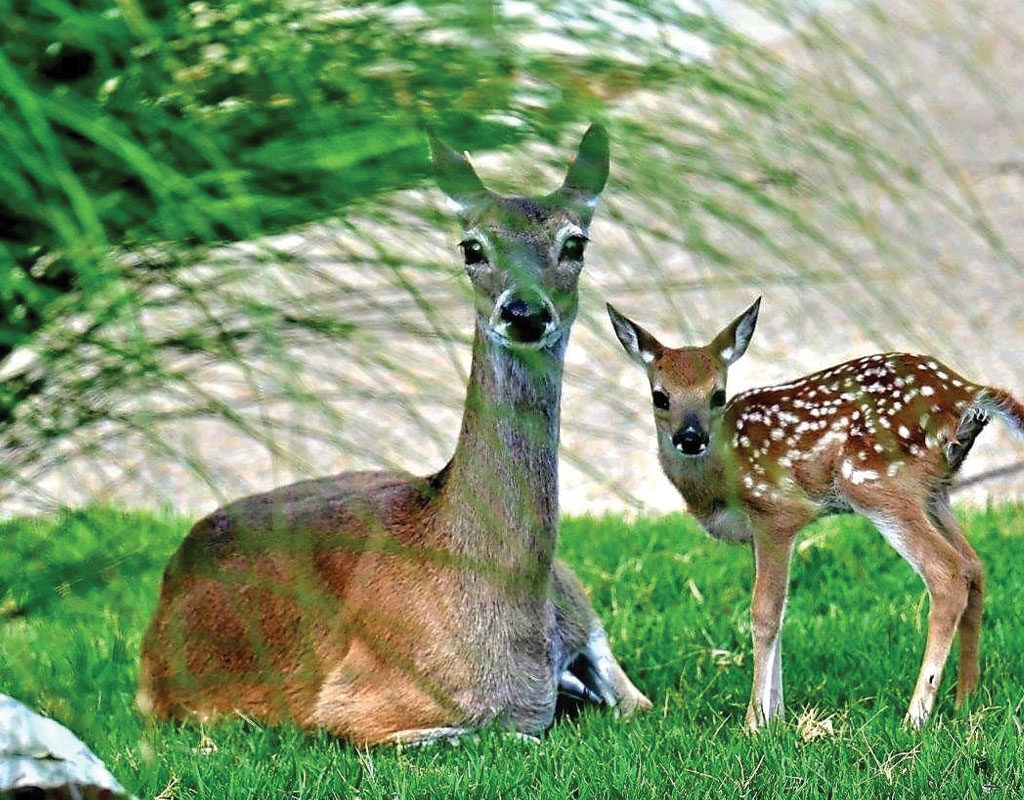
Tip 5: Include Flowers That Bloom Later or Have Seasonal Resistance
Timing matters! Some deer avoid certain flowers during particular growth stages or seasons.
- Choose plants that bloom late or have tough foliage when deer browse most heavily.
- Consider perennial flowers that die back in winter but regrow with strong, unpalatable shoots in spring.
This helps maintain garden interest year-round while reducing vulnerability.
Tip 6: Combine Deer-Resistant Plants in Mixed Beds for Natural Protection
Monocultures (single-species beds) may attract deer more easily. Mixing different deer-resistant flowers creates a natural “no-go zone.”
- Combine fragrant, prickly, and tough-textured flowers for layered defense.
- Add shrubs and ground covers that repel deer.
- Use companion plants like garlic or onions that also deter browsing.
This method mimics natural ecosystems where deer avoid dense, unappealing patches.
Tip 7: Avoid Tender Annuals and Delicate Flowers in High-Deer Areas
Annual flowers with soft, juicy foliage are prime targets for deer.
- Replace vulnerable annuals with hardy perennials that deer typically avoid.
- If you want annual color, choose deer-resistant annuals like snapdragons or zinnias.
- Avoid delicate blooms like impatiens or petunias, which deer find irresistible.
This approach reduces frustration and the need for constant plant replacement.
Tip 8: Use Raised Beds, Containers, or Physical Barriers as a Backup
While choosing deer-resistant flowers is the first line of defense, combining it with physical strategies enhances protection.
- Raised beds and containers can be easier to protect with fencing or repellents.
- Surround flower beds with thorny or dense plants to create natural barriers.
- Use deer fencing or netting when deer pressure is very high.
This integrated approach ensures your garden stays beautiful season after season.
Tip 9: Observe and Adjust: Deer Behavior Can Change
No strategy is foolproof; deer behavior can change based on food availability and environmental conditions.
- Monitor your garden regularly for signs of browsing.
- If deer start nibbling resistant flowers, rotate plant choices or reinforce barriers.
- Experiment with new varieties to find what works best in your yard.
Gardening is a dynamic process — adapting helps maintain long-term success.
Tip 10: Consider Native Deer-Resistant Flowers for Ecological Benefits
Native plants are naturally adapted to your local wildlife and soils, often including deer-resistant traits.
- Native flowers attract beneficial pollinators and support local ecosystems.
- Many native species have evolved defenses against deer browsing.
- Examples include Black-eyed Susan, Bee Balm, and Blanket Flower.
Using natives can make your garden more sustainable and beautiful while reducing deer damage.
Bonus: Top 10 Deer-Resistant Flowers to Get You Started
Here are some of the most popular and effective deer-resistant flowers to consider:
- Lavender — Aromatic and beautiful, repels deer effectively.
- Marigolds — Bright, easy to grow, and deer-averse.
- Coneflowers (Echinacea) — Tough, drought-tolerant, and deer-resistant.
- Lamb’s Ear — Soft texture but unappealing to deer.
- Yarrow — Feathery foliage and clustered blooms.
- Snapdragons — Colorful annuals with some deer resistance.
- Daffodils — Toxic bulbs, cheerful spring blooms.
- Bleeding Heart — Elegant and generally avoided.
- Salvia — Fragrant with spiky flowers.
- Russian Sage — Woody stems and aromatic leaves.
Conclusion: Create a Beautiful, Deer-Resistant Garden
Deer-resistant flowers don’t just protect your garden — they also offer a chance to explore new plants, textures, and scents that enhance your outdoor space. By following these 10 tips, you’ll design a garden that’s vibrant, healthy, and less appealing to deer browsing.
With patience and a little experimentation, your garden will thrive as a colorful, natural sanctuary — welcoming pollinators, delighting your senses, and standing strong against hungry deer.
Ready to start your deer-resistant garden adventure? Let me know if you want help selecting plants tailored to your climate and garden style!
